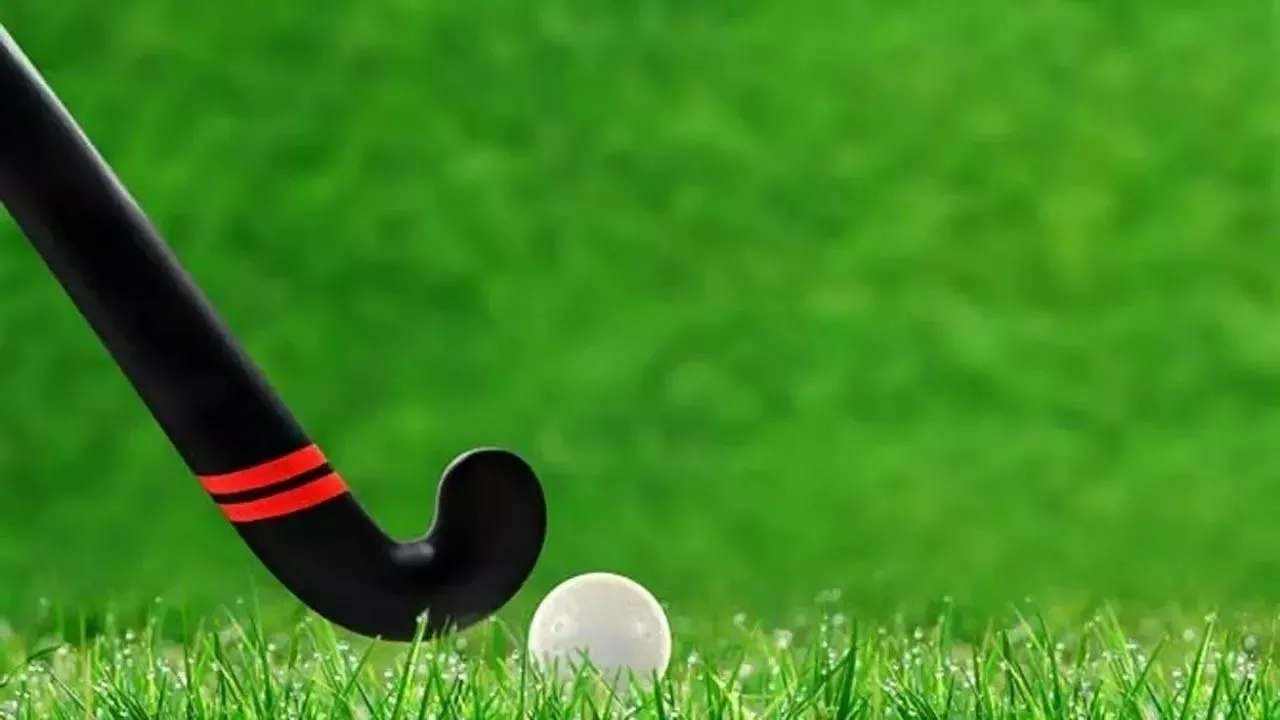The Evolution of Hockey Pitches
Let's start with a brief look at the history of hockey pitches. In the past, hockey was traditionally played on natural grass pitches. This was the norm for many years until the 1970s when artificial turf was introduced. The introduction of artificial turf significantly changed the game, as it allowed for a faster and more predictable ball movement. However, the color of the turf was still predominantly green, mimicking the look of natural grass.
The Introduction of Blue Pitches
It was not until the 2012 London Olympics that we saw the introduction of blue hockey pitches. This was a radical departure from the traditional green color that had been associated with the game for a long time. The blue pitch, complemented by a pink border, immediately caught the attention of many people. But why the color change?
The Reason Behind the Blue Color
The specific shade of blue that was chosen for the hockey pitches in the 2012 London Olympics was not merely a random choice. It was actually a carefully considered decision that was primarily driven by the desire to enhance the visibility of the ball for both the players and the spectators. This blue color, known as 'London Blue', was found to provide a high contrast with the yellow ball used in hockey, making it easier to spot during the games.
Enhanced Player Experience
From a player's perspective, the blue pitch offers a better playing experience. The contrast between the ball and the pitch allows the players to track the ball more easily, especially in bright sunlight. This can have a significant impact on the performance of the players and can affect the outcome of the game.
Improved Spectator Experience
From a spectator's point of view, the blue pitch also enhances the viewing experience. Whether watching the game live in the stadium or on television, the blue pitch makes it easier to follow the action. This is particularly important in a fast-paced game like hockey, where the ball can move quickly from one end of the pitch to the other.
The Role of Television Broadcasting
Television broadcasting also played a huge role in the color change. In an era where high-definition television is the norm, the blue pitches provide a better viewing experience. The high contrast between the blue pitch and the yellow ball makes it easier for viewers to follow the ball on their screens. Additionally, the blue color is more appealing visually, making the game more attractive to watch.
Blue Pitches Beyond the Olympics
Following the success of the blue pitches in the 2012 London Olympics, the trend has continued in other tournaments as well. Many professional hockey clubs and national teams have adopted blue pitches. This has further solidified the blue color as the new standard for hockey pitches.
The Future of Hockey Pitches
While blue pitches are now common, it's interesting to think about what the future holds for hockey pitches. Will we continue to see blue pitches or will there be a new color trend on the horizon? Only time will tell. However, whatever the color, the primary goal will always be to enhance the visibility of the ball and to provide the best possible experience for players and spectators alike.
